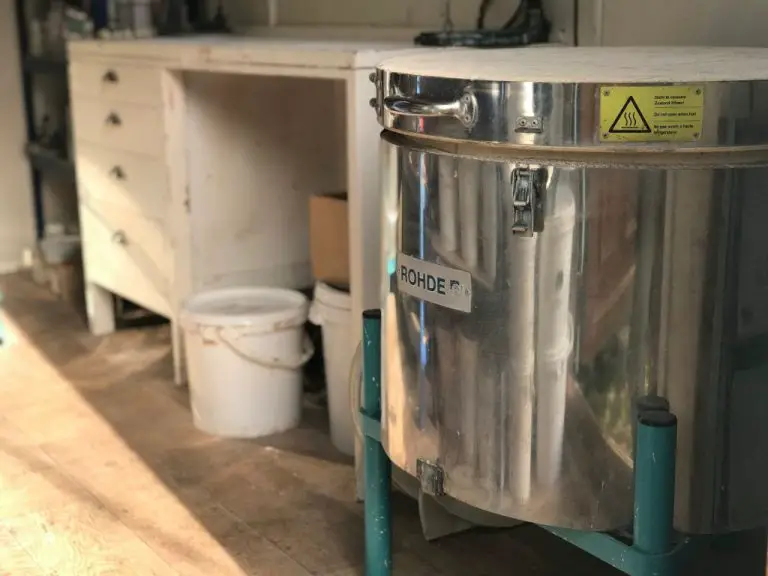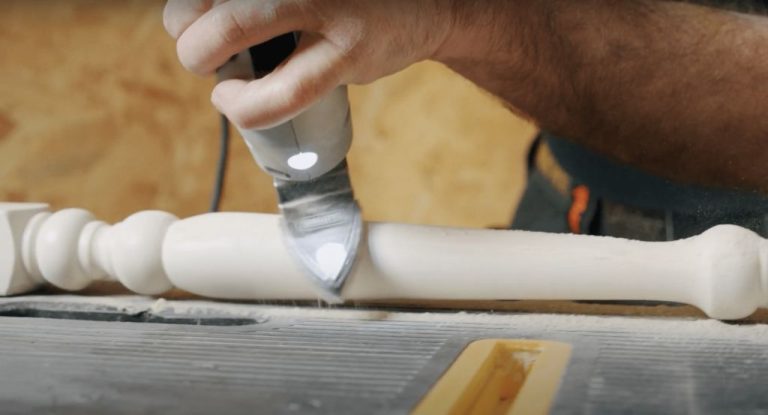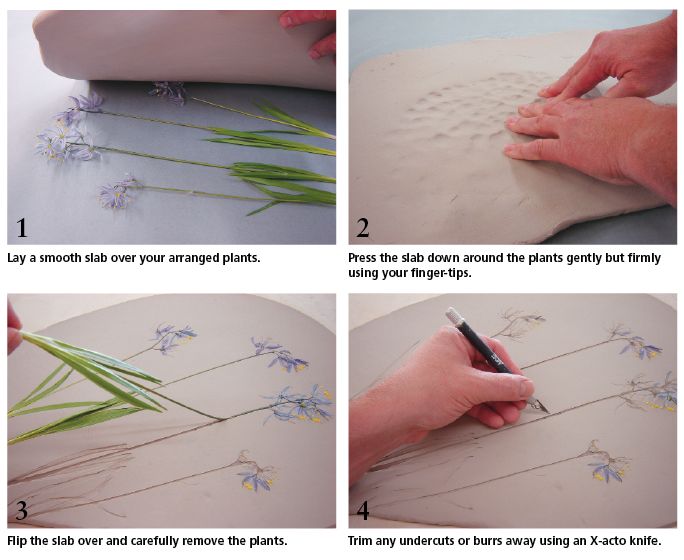How Do You Cut Ceramic Tile Without Chipping It?
Cutting ceramic tile can be tricky business. If not done properly, the tile is likely to chip or crack. Ceramic tile is made from clay that has been shaped and then fired at high temperatures. While this makes it durable, it also makes ceramic tile brittle and prone to chipping if subjected to impact or improper cutting techniques. The two most common issues that arise when cutting ceramic tiles are chips around the cut edge and cracks radiating from the cut edge through the body of the tile. However, with the right tools and techniques, it is possible to make clean, chip-free cuts in ceramic tile.
This guide will walk through the essential steps for successfully cutting ceramic tile without chipping it. Proper planning, careful scoring, using wet saws, drilling starter holes, and finishing cut edges can help prevent unsightly chips when cutting ceramic tiles. With some basic knowledge and preparation, you can achieve smooth, professional-looking cuts.
Gather the Right Tools
When cutting ceramic tile, using the proper tools is essential for making clean, precise cuts without chipping. Here are some of the key tools you’ll need:
Tile Cutter – A manual tile cutter with a carbide scoring wheel is great for straight cuts on smaller tiles. Look for one with an adjustable measurement guide and cutting table like the QEP 7″ Tile Cutter.
Wet Saw – For curved cuts, larger tiles, and porcelain, a wet saw is a must. Opt for one with a sliding table, such as the Kobalt 7″ Sliding Wet Tile Saw, to handle bigger tiles.
Tile Nippers – After scoring and snapping tile, nippers will remove any rough edges. Look for plier-style nippers with carbide jaws like Husky 6″ Tile Nippers.
Safety Gear – Always wear safety glasses and a dust mask when cutting tile to protect yourself from debris. Knee pads can also help reduce strain.
Mark and Score the Tile
Carefully measuring and marking your tiles before making any cuts is crucial for achieving clean, precise cuts without chipping. The old adage “measure twice, cut once” is especially applicable when working with tile.
Use a pencil to make alignment marks along the edges where you plan to make cuts. A simple #2 pencil works well for marking most tile surfaces. Test first on a scrap piece to ensure the pencil marks can be fully erased afterwards. Avoid using ink or paint markers that may permanently stain the tile face.
Once your cut lines are marked, go over them with a tile cutter to create a scored groove. This helps guide your wet saw or snap cutter. Apply firm, even pressure when scoring to get a consistent groove depth without digging in too deep. Deeper grooves provide more cutting guidance but may also increase chipping if not cut properly.
Take care when marking and scoring so you don’t accidentally chip the edges. Work on a smooth, flat surface and hold the tile securely. Rushing this step often leads to uneven lines, inaccurate cuts, and chipped edges down the road.
Use a Wet Saw
A wet saw is the preferred tool for making straight cuts in ceramic tile. Wet saws use water to cool the blade and tile during cutting to prevent overheating, which can lead to chipping (1). Using the proper wet saw technique is crucial for clean cuts.
Select a diamond blade designed for cutting ceramic tile; it should be the proper diameter for your saw. A blade with too many teeth will slow cutting, while one with too few teeth will chip the tile. Refer to the saw manual for blade recommendations (2).
When cutting, gently feed the tile into the blade without forcing it. Let the blade do the work. Keep the tile moving steadily to maintain the cut (3). Apply even pressure when pushing the tile through the saw. Go slowly on the final cut to avoid chipping the edges.
Be sure the tile is properly supported near the blade and that the saw table is free of debris. Allow the blade to come to full speed before starting each cut. When finished, turn off the saw and wait for the blade to completely stop before removing tile pieces.
Using proper wet saw technique will lead to smooth cuts without chips or cracks. Always follow the manufacturer’s instructions for best results.
(1) https://www.thespruce.com/using-a-wet-tile-saw-1822639
(2) https://www.homedepot.com/c/ah/how-to-cut-ceramic-tile/9ba683603be9fa5395fab90fffd987f
Cut Out Internal Holes
Cutting out small holes and openings in ceramic tile, such as for showerheads or faucets, requires using the proper hole saw drill bits and paying close attention to positioning and alignment. Most hardware stores carry hole saw kits specifically made for cutting holes in tile with diamond grit or tungsten carbide teeth. These specialty bits come in a range of standard plumbing fixture sizes like 1/2″, 3/4″, or 1-1/4″. Be sure to select the proper size for your specific needs.
When cutting, position the hole saw at a 90 degree angle straight into the surface of the tile. Mark the hole location first with a pencil if needed for alignment. Apply firm, even pressure when drilling and let the tool do the work at a steady speed. Lifting up or wiggling the bit may cause cracking or chipping. Cutting oil or water can help lubricate the diamonds. For larger holes like 4-6 inches, make relief cuts partway through the tile first to prevent shattering. With care and the right technique, clean and precise holes can be made for any plumbing fixtures.
Make Detailed Cuts
Tile nippers are small plier-like tools designed for making detailed cuts in tile, especially around the edges or in tight spaces that a tile saw can’t easily access.
Nippers allow you to nibble away small fragments of the tile to achieve intricate shapes or openings. They should be used for smaller jobs rather than trying to cut an entire tile. A wet saw or snap tile cutter will be faster for straight cuts over a long distance.
When using nippers, place the tile on a stable surface. Apply gentle, even pressure with the nipper jaws around the area you want to remove. Take small bites of the tile and reposition the tool as needed. Don’t try to cut off large sections at once or you may risk cracking the tile. Work patiently and carefully until you achieve the desired shape.
To prevent chipping, keep the tile supported near the area being cut. Don’t let the excess tile bend or lift up. Make smooth motions and avoid twisting or jerking the tool. Quality nippers with sharp carbide or diamond jaws will produce the cleanest cuts. Lubricating the jaws with a bit of water can also help reduce chipping.
Refer to the manufacturer’s directions for proper nipper use and care. With practice and patience, tile nippers can create intricate cuts while minimizing the risk of cracks or chips in the surrounding tile.
Source: https://tiletools.com/blogs/news/how-to-use-tile-nippers
Smooth the Edges
After cutting ceramic tile, it’s important to smooth any rough edges. Sharp, uneven edges can easily chip and crack. Filing or sanding the edges will help prevent chipping and create a smooth, finished look.
Use a silicone carbide sanding stone or an emery board to smooth cut edges. Rub the stone or file over the edges in a back-and-forth motion. Apply even pressure and take care not to round over the edges too much. Focus on filing down any noticeable nicks or irregularities along the cut edge.1
Be sure to thoroughly smooth cut edges, especially around the corners. Rounded tile corners are more prone to chipping. Filing at a 45 degree angle to the edge can help smooth and slightly round vulnerable corners.
For best results, progress through varying grits of sandpaper or files. Start with a coarse grit to smooth larger imperfections, then move to finer grits to polish the edge. Take care not to overly round over corners or alter the tile’s dimensions.
Smoothing cut edges removes sharpness and helps prevent future cracking or chipping around the tile’s vulnerable cut edges and corners.
Drill Holes
Drilling holes in ceramic tile can be tricky because the material is prone to cracking and chipping if not done properly. The key is using the right drill bit and taking care with the drilling technique. Tile drill bits have a tungsten carbide tip designed to cut through the hard ceramic without causing damage. Avoid standard twist drill bits, which can overheat and fracture the tile.
When ready to drill, place the tile on a solid, level surface and mark the desired hole location. Apply light, even pressure as you drill, letting the bit do the work. Drilling too hard or too fast generates heat which can crack the tile. Drill slowly and pause periodically to allow the bit to cool. To prevent cracking, it also helps to place tape over the drilling location. The tape holds any pieces together if chipping does occur. For larger holes, start with a smaller pilot hole before using larger diameter bits to achieve the final size. With care and the proper tile drill bits, you can add clean holes to ceramic tiles without incurring damage.
Add Edge Finishing
Adding edge finishing is an important step to help prevent future chipping and create a professional, finished look for your ceramic tile edges. There are two main options for finishing tile edges:
Polished edges: Using a wet polishing stone or diamond polishing pad, you can polish the cut edges of the tile to create a smooth, shiny finish [1]. This helps prevent chipping and gives a clean look. Polished edges work well for porcelain, ceramic, and natural stone tiles.
Rounded edges: For a softer, rounded look, you can use an edge finishing tool to smooth and round the sharp corners of the cut tile. Bullnose tile edging tiles are also available to finish tile edges with a rounded profile. Using a router with a rounding bit is another option for rounding cut tile edges [2].
Be sure to test any edge finishing methods on spare tile pieces first. Work carefully to achieve an even, consistent finish across all your tile edges. Finishing the edges will help give your tile installation a professionally finished look.
Prevent Future Chipping
Proper installation is key to preventing ceramic tile from chipping in the future. Be sure to leave adequate grout lines between tiles during installation as recommended by the manufacturer, usually at least 1/8 inch. Wider grout lines allow for slight movement and expansion/contraction of the tiles without cracking and chipping [1]. Use high quality, flexible grout to fill the spaces between tiles. Make sure the subfloor is smooth and level to prevent uneven tile surfaces that can lead to cracks and chips over time.
Applying sealants and protective coatings to ceramic tile can also help prevent chipping after installation. Use a penetrating sealer on porous, natural stone tiles to protect from moisture and staining. For porcelain or ceramic tiles, topical sealers and waxes will shield the surface. Re-apply sealants periodically as recommended by the manufacturer. Handle tiles gently during cleaning to avoid scrubbing too aggressively. Protect edges and corners from impact with wood trim or other buffers.





